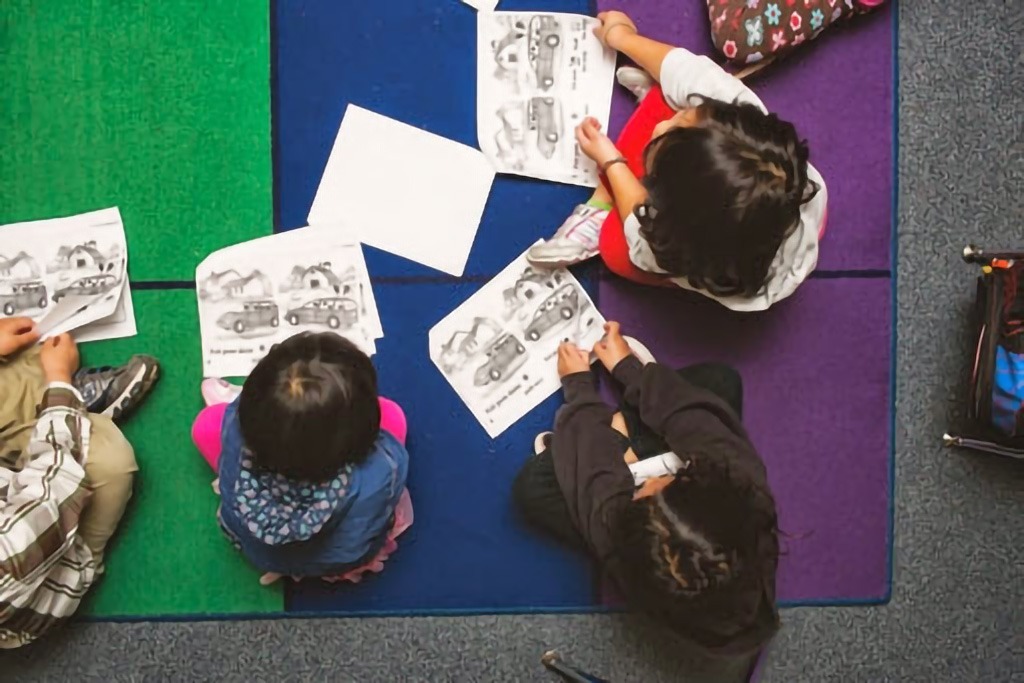
Cultural Identity in Post-Modern Society: Reflections What Is a Hmong?
Cultural Identity in Post-Modern Society: Reflections on Being Hmong
Reflections on Hmong Identity in a Globalized World – Explore the evolving tapestry of Hmong identity through the lens of cultural adaptability and global interconnectedness. This thought-provoking piece highlights the Hmong as a vibrant, multi-ethnic, and multilingual community thriving across the world. From traditional dances to modern rap music, the Hmong continue to adapt and innovate while striving to preserve their unity and shared heritage. How can the “house of many rooms” remain strong amidst change?

Cultural Identity in Post-Modern Society: Reflections on Being Hmong
In a rapidly evolving, interconnected world, the concept of cultural identity has become more dynamic and fluid than ever before. For the Hmong people, a historically nomadic group without a specific nation-state, the challenge of preserving their cultural heritage while adapting to new global influences is both unique and universal. This reflection explores what it means to be Hmong in a world where cultures are constantly shifting, borrowing, and adapting.
A House of Many Rooms
Clyde Kluckhohn’s metaphor of “a house of many rooms” beautifully encapsulates the idea of cultural diversity and coexistence. Similarly, the Hmong identity can be seen as a house with many rooms — multi-ethnic, multilingual, and spread across the globe. Today, no society is isolated, and the Hmong community, numbering in the millions, reflects this reality.
Whether in Australia, the United States, French Guyana, or Southeast Asia, the Hmong have embraced new influences while maintaining their cultural essence. From Hmong rap music to traditional dances incorporating costumes from different regions, the Hmong demonstrate that culture is alive and constantly evolving.
The Power of Media and Connectivity
The rise of informal Hmong mass media, international travel, and digital connectivity has enabled the Hmong to rediscover and reconnect with each other. Hmong movies, videos, and music now cross geographical boundaries, bringing together Hmong communities separated by continents. Publications like the Hmong Quarterly in French Guyana provide a platform for sharing stories, news, and ideas, fostering a sense of global unity.
This cultural exchange not only enriches the Hmong identity but also underscores its dynamism. The blending of traditional and modern elements — such as Hmong girls in Western countries performing traditional dances with vibrant Chinese Hmong costumes — highlights the adaptability and creativity of the Hmong people.
Challenges of Unity and Identity
Despite these advancements, the Hmong face challenges in maintaining unity. Clan divisions, linguistic differences, and variations in local histories can create disconnections within the broader community. The metaphorical “house of many rooms” risks becoming a fragmented structure if these divisions are not addressed.
One pressing challenge is the need for a standardized Hmong writing system to bridge linguistic gaps. Similarly, a comprehensive history book that incorporates the diverse experiences of Hmong communities worldwide could strengthen their collective identity. These efforts would help ensure that the Hmong story is not lost amid the noise of globalization.
Preserving the Foundation
The foundation of the Hmong cultural house lies in mutual respect, leadership, and a shared purpose. Leaders are the posts that hold the house together, and their actions set the tone for the community’s cohesion. Celebrating achievements, avoiding favoritism, and fostering equality within the Hmong community can help reinforce its cultural foundation.
As the Hmong embrace new ideas and members, it’s crucial to remember the value of their shared heritage. Additions to the house should not weaken its structure but enhance its ability to provide comfort, protection, and a sense of belonging.
Looking to the Future
The journey of the Hmong people reflects the broader challenges of cultural preservation in a post-modern world. The house of many rooms must remain resilient, adaptable, and united. By embracing their differences while celebrating their shared identity, the Hmong can ensure that their culture thrives for generations to come.
In the words of Clifford, cultures are “alive, constantly evolving, adapting, being borrowed, forced upon one another.” For the Hmong, this evolution is not a threat but an opportunity to strengthen their identity as a dynamic, global community.
This post highlights the intricate balance between preserving cultural heritage and embracing global influences, offering a compelling exploration of the Hmong experience in the modern era.
References and Further Reading
- Cultural Identity in Post-Modern Society: Reflections on What Is a Hmong? | Being Hmong is Living in a House of Many Rooms | Members.Ozemail.Com.Au





Responses